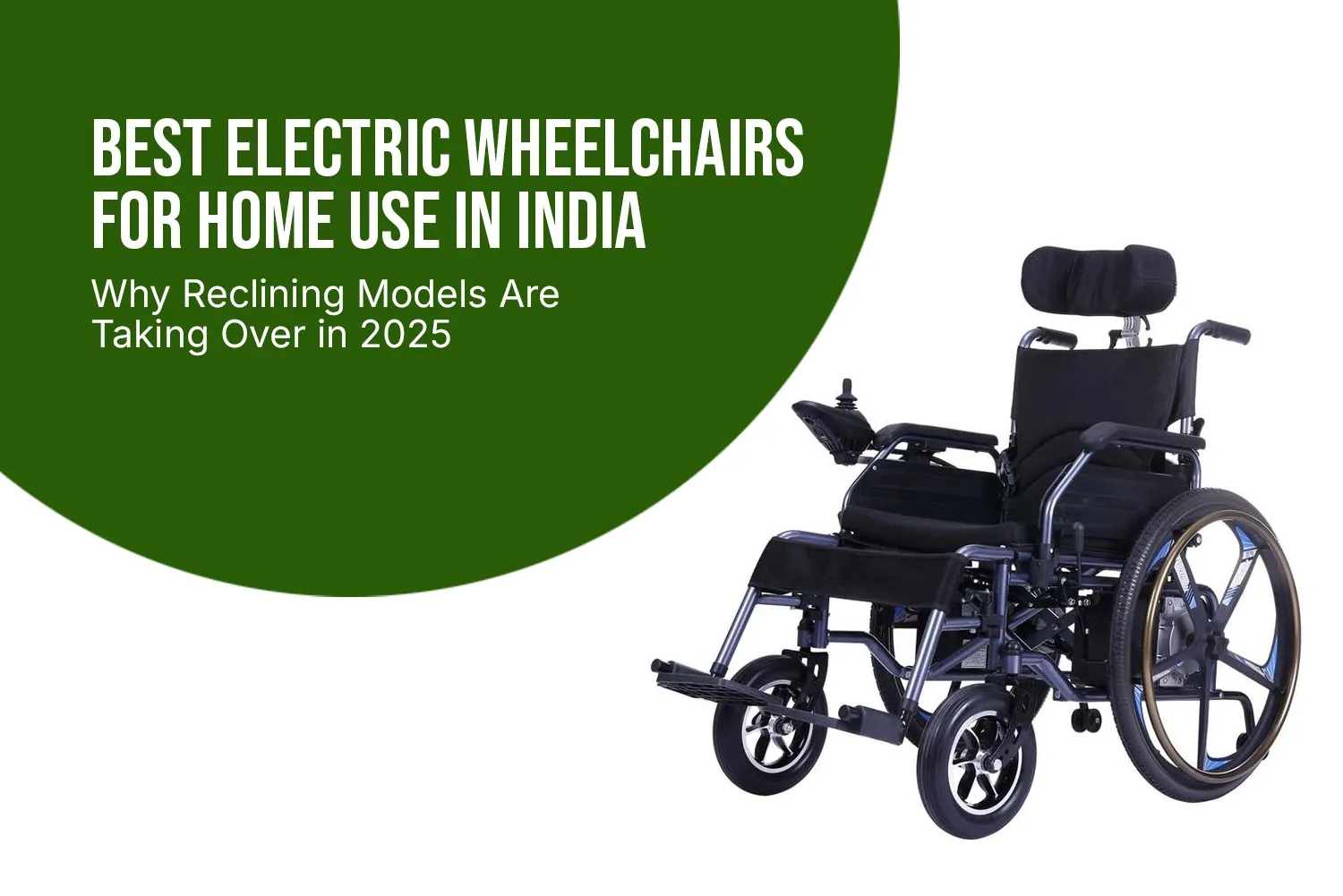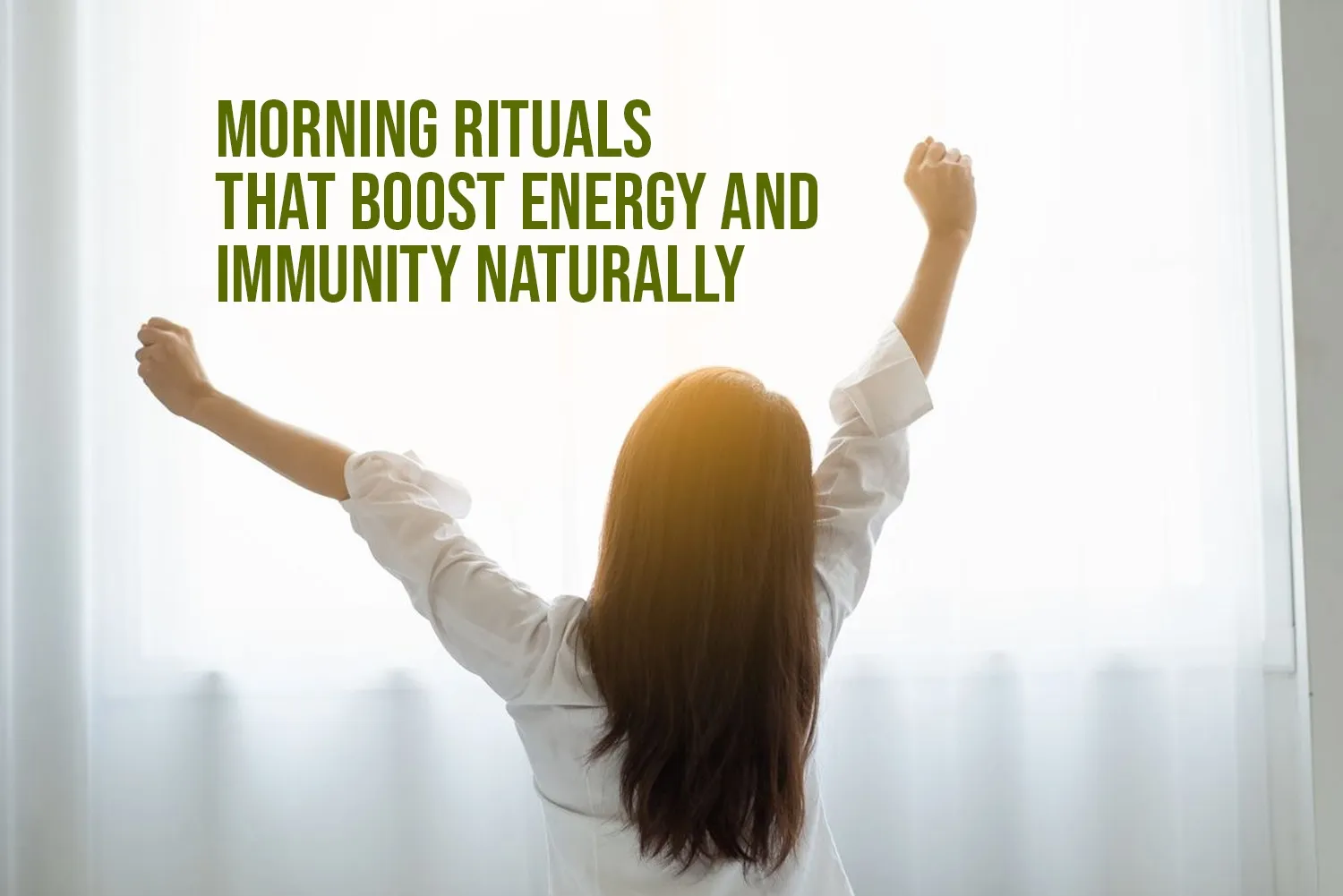The home oxygen concentrator has become a vital component of everyday life for people with respiratory conditions or those on long-term oxygen therapy. It continuously supplies the needed oxygen to help one breathe easily, sleep undisturbed, and live more independently.
Energy consumption, however, becomes an important factor when these machines regularly run for several hours or even 24/7. The amount of electricity that a traditional oxygen concentrator draws can add up on monthly electricity bills. This is where energy-efficient oxygen concentrators stand out: they bring together reliable performances with advanced technology that reduces energy use, heat generation, and operational noise.
In this guide, we explain why energy efficiency is crucial, what to look for in their features, and how smart oxygen concentrators will make home therapy more sustainable and comfortable.
1. Why Energy Efficiency Matters
The energy-efficient oxygen concentrator would provide the same medical-grade oxygen output using less electricity. This does not just benefit your wallet but supports consistent and safer therapy for patients who depend on a continuous oxygen supply.
Here’s why it matters:
- Lower Power Bills: Since concentrators often run up to 16–24 hours a day, even a small reduction in wattage can lead to noticeable monthly savings.
- Eco-friendly Operation: Energy efficiency reduces power wastage, which helps users contribute to a smaller carbon footprint.
- Improved Reliability: Newer designs ensure that oxygen output levels stay above 90%, even at reduced power.
- Less Heat & Noise: Optimized compressors and cooling systems generate less heat, preventing discomfort during long-term use.
In other words, an energy-efficient model provides continuous oxygen therapy at an affordable and low environmental cost.
2. Key Features to Look For in an Energy-Efficient Oxygen Concentrator
Not all concentrators labeled “energy-efficient” actually deliver the same performance. Here are the top features that separate the best from the rest:
a. Low Power Consumption
The most efficient models usually consume between 250–400 watts of power. To give you an idea, older concentrators consume up to 600W. Inverter-compatible or energy-optimized compressors should be looked for.
b. Smart Oxygen Flow Control
Smart concentrators use active sensors to match oxygen flow with the patient’s breathing pattern. This assures adaptive control, therefore assuring that no power or oxygen is wasted when the user is not inhaling.
c. Multi-Layer Filtration System
High-quality filters reduce motor strain and purify the air taken in. Fewer impurities translate to longer compressor life and purity of oxygen, which is a sign of efficient energy application.
d. Compact & Portable Design
A lightweight, portable design reduces the mechanical load on the internal systems, making it more energy-smart and user-friendly.
e. Quiet Operation
Energy-efficient concentrators often run below 50 dB, thus promising quiet therapy sessions that are well-suited for nighttime use or shared living spaces.
f. Advanced Safety Certifications
Check for CE, ISO, or FDA approvals to ensure that your concentrator meets international energy and safety standards.
3. Benefits of Energy-Efficient Oxygen Concentrators for Home
Investment in an energy-efficient oxygen concentrator for home use has numerous long-term benefits:
- Continuous Therapy at Lower Costs: With reduced energy draw, concentrators can run around the clock without burdening your electricity bill.
- Longer lifetime: With less mechanical effort, compressors will last longer.
- Stable Oxygen Purity: High-performing units maintain 90–96% oxygen concentration with steady output.
- Better for Backup Power: The low-watt concentrators can run longer on inverters, power banks, or generators during a power breakdown—thus more suitable in Indian homes.
- Comfortable Environment: Less noise, less heat, and smoother air delivery enhance patients’ comfort and quality of sleep.
4. Maintaining Energy Efficiency: Everyday Use Tips
Owning an efficient concentrator is one thing; keeping it efficient is another. Take these easy steps for peak performance:
- Clean filters every week to ensure that neither clogging nor airflow resistance occurs.
- Place the concentrator in a well-ventilated area to keep the air circulating and prevent overheating.
- Avoid running on unstable power sources unless the device is inverter-compatible.
- Use only original replacement parts for tubing and filters to ensure proper airflow.
- Regular servicing will ensure oxygen purity level checks and motor health.
With proper care, your concentrator can last 7–10 years while continuing to save energy.
5. Best Energy Efficient Oxygen Concentrators for Home Use in India – 2025
Among Indian households, two models stand out when it comes to balancing the goals of reliability, oxygen purity, and energy performance:
| Model | Oxygen Flow Rate | Power Consumption | Key Features |
|---|---|---|---|
| Deck Mount Gene O2 5L | 1–5 LPM | 350W | Compact, energy-efficient design with smart control system |
| Evox 5 LPM Oxygen Concentrator | 1–5 LPM | 300W | Dual filtration, low noise, high oxygen purity output |
Both models have long-duration usage and come with strong after-sales support, perfect for families who need reliable oxygen therapy without high energy costs.
6. When Should You Upgrade to an Energy-Efficient Model?
If you’ve been using an older concentrator for several years, it may be time to upgrade. Watch for these signs:
- Your electricity bill has noticeably increased.
- The concentrator often overheats after extended sessions.
- You hear louder noise from the compressor.
- Oxygen purity levels vary.
- This unit has not been serviced in over two years.
Upgrading to a modern, efficient concentrator enhances reliability, reduces operational costs, and assures peace of mind for caregivers.
7. The Bigger Picture: Energy Efficiency and Patient Well-being
More than a financial concern, picking an energy-efficient oxygen concentrator for the home is a quality-of-life decision. Generally, patients that require oxygen therapy spend most of their day attached to these machines. A quiet, cool, efficient device makes daily routines easier and less stressful.
It will also mean that caregivers can have confidence in the device operating continuously without frequent interruptions and overheating issues. The low-power concentrators will also offer flexibility for running longer on inverter or battery backup during emergencies or power outages.
Conclusion
An energy-efficient concentrator for oxygen in the home will be an investment in health, comfort, and sustainability. It provides dependable oxygen therapy, reducing energy costs to make life easier for patients and caregivers alike. When purchasing, always compare wattage, oxygen flow rate, and certifications. Reliable models like the Deck Mount Gene O2 5L and Evox 5 LPM Oxygen Concentrator deliver high performance with smart energy optimization—therefore, these are very well suitable for long-term use in Indian homes. Our offerings include a selected list of oxygen concentrators with performance, comfort, and efficiency in mind at Wellness4U because breathing easily shouldn’t come at the expense of high electricity bills.





